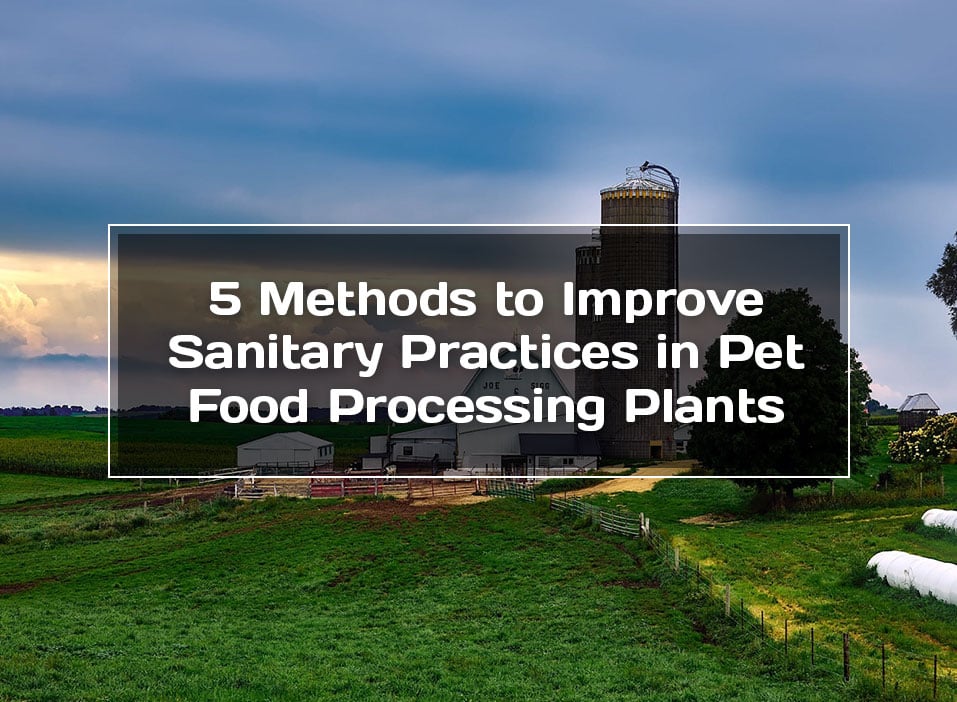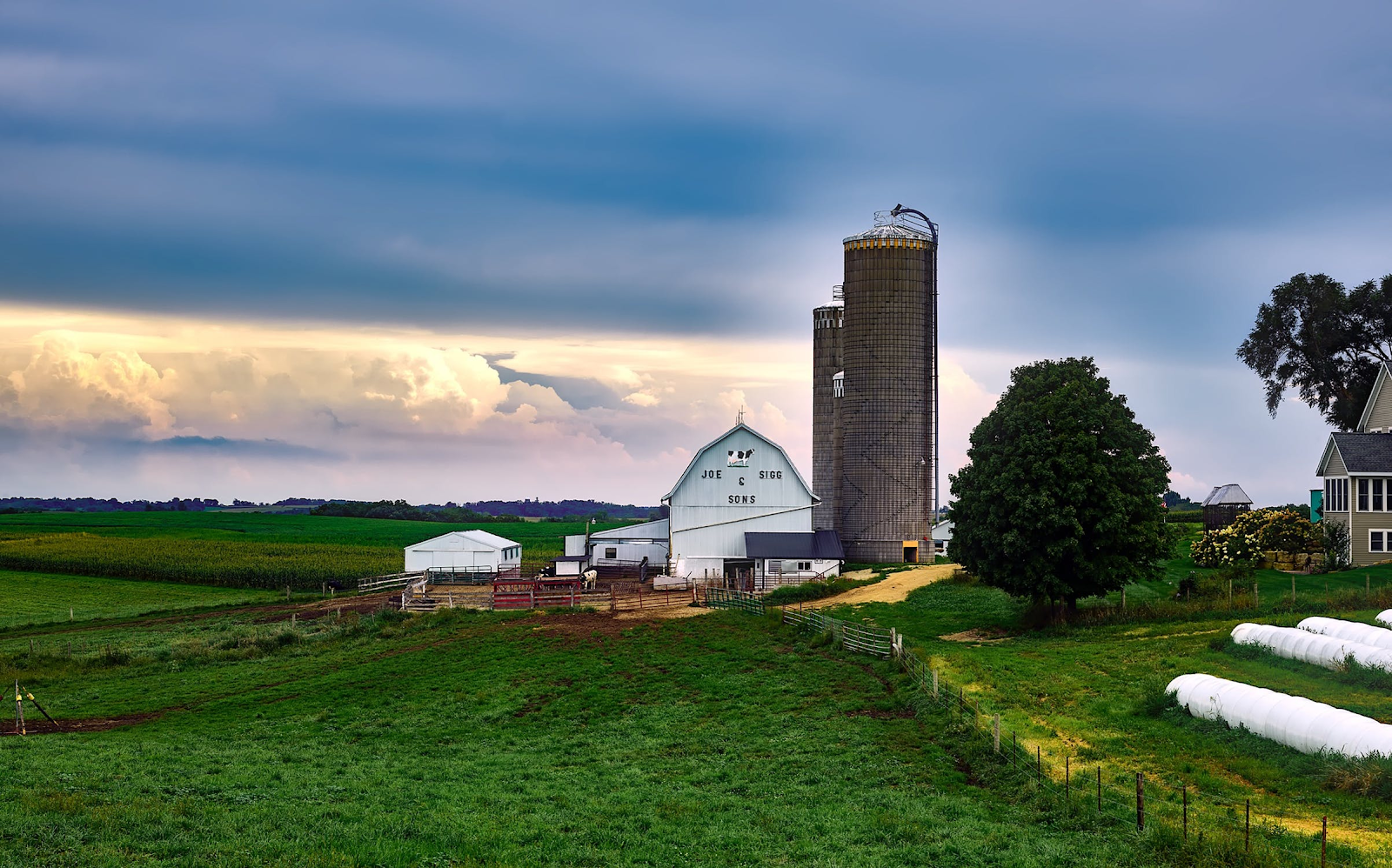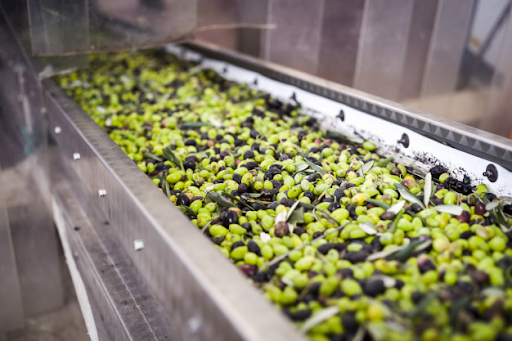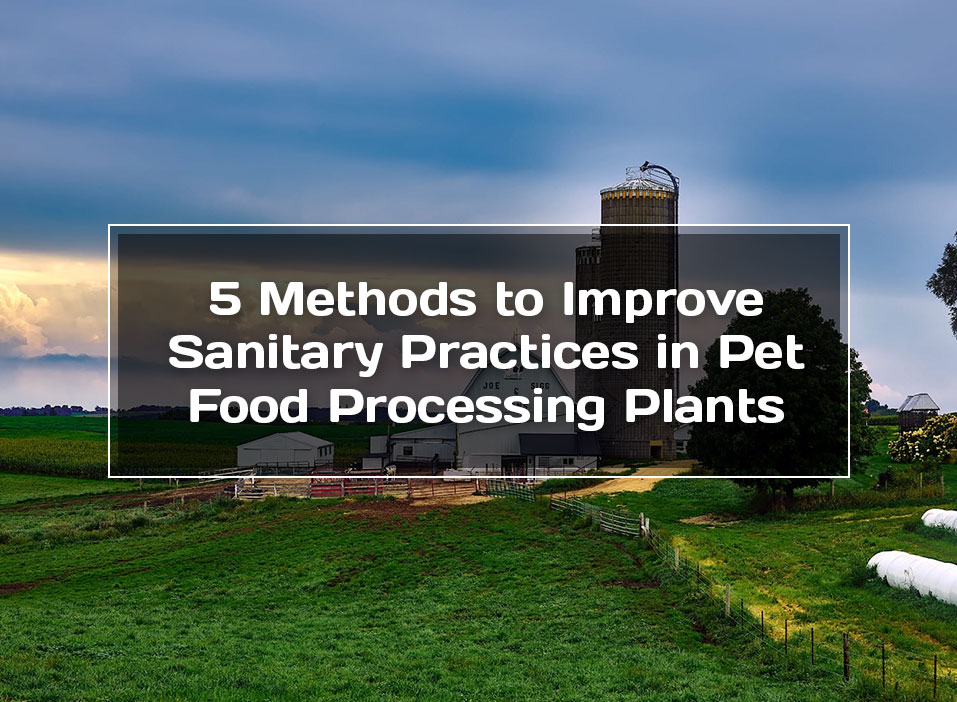
When you think of sanitary food practices, your mind probably automatically goes to human goods. But, humans are not the only ones whose food preparation requires sanitary practices. Pets are just as susceptible to sickness, and even death when their food is not safe or sanitary in its preparation.
It is critical to ensure pet food gets produced with the same high standards as human food.
Why is Sanitation Important in Pet Food Processing?

If you’ve seen the news in the past year, you likely have seen the various pet food recalls’ for countless different brands. These recalls are for countless reasons, but the primary reason is always bacteria contamination.
Bacteria’ contamination in pet food is a serious issue. As with human food contamination, contaminated pet food can involve different strains of bacteria like salmonella, listeria, and e.Coli.
These bacteria can lead to serious illness, health problems, and even death in pets. These are all serious and costly problems that facilities can avoid simply by maintaining a sanitary facility with these five methods to help ensure safe and sanitary pet food processing:
5 Methods to Improve Pet Food Safety
1. Take Time to Train Employees

While making pet food may seem like a straightforward, easy task for it to be a sanitary process, all employees require careful training before starting. Proper training will help ensure that they understand the production process and avoid any contamination which could impede pet food safety.
Furthermore, by properly training all employees–and regularly reviewing the training–they will maintain both efficiency and safety with the various sanitation processes that will help to keep the facility clean and bacteria-free.
By knowing how to handle and store products properly, wash their hands and utilize protective garments, as well as how to clean the facility, many sanitation issues will no longer be a problem. Employees will also be better able to handle different situations that may arise in the facility without issue.
2. Store Ingredients the Right Way
Another critical step in improving pet food safety and sanitation is storing the food products properly. By keeping raw products stored separately from the finished product, and the necessary cold temperatures, you not only greatly reduce the risk of contamination, but the risk of bacteria growth as well.
Storage areas and containers should seal tightly, to ensure there are no leaks or cracks where products can become spoiled or attract rodents and bugs.
Along with properly storing ingredients and products in the right places and containers, they need to be labelled correctly. Labels should include what the ingredient is as well as production dates to easily track the shelf life.
3. Install Proper Floor Drainage

Another significant factor in creating a sanitary pet food processing facility is having the right floor drainage system. While this factor tends to get overlooked, floor drainage helps to keep facilities dry, odor-free, and contamination-free. Systems like Slot Drain come in pre-sloped, pre-assembled stainless steel models that are perfect for per food facilities.
Because of the stainless steel construction, Slot Drain is bacteria resistant, temperature resistant, and corrosion resistant. Not only is it easy to install and maintain, with available options like self-cleaning, but it is a grate-free system, so it is more ADA-compliant and more aesthetically pleasing.
4. Keep the Facility Clean
By far, one of the most critical methods to improving pet food safety is keeping the facility clean and spotless. Pet food facilities should have a thorough cleaning at the end of each day, with everything from the floors to the doors cleaned and sanitized to ensure there is no lingering food or moisture residue that can lead to contamination and the spread of bacteria. Beyond cleaning the visible parts of the facility, it is also crucial that the drainage system receives the same treatment at the end of the day.
While Slot Drain is a bacteria resistant system that offers self-cleaning capabilities, you still want to use a brush and paddle to ensure it is thoroughly clean along with the correct cleaning solutions to help disinfect and sanitize the system.
5. Utilize a Proper Layout

Another method to help improve the sanitary practices of a pet food processing facility is to ensure that the facility has the right layout. This means that the layout should follow the order of the production of pet food.
An efficient layout will keep employees from running into each other and getting hurt. But, more importantly, it will ensure that raw food products are nowhere near the finished product, where contamination can occur and ruin the product as it gets prepared for distribution.
Improve the Sanitation Practices for your Food Production Facility
Pets are members of the family, and their food production deserves as much consideration as our own. Without proper pet food safety, pets are susceptible to all sorts of issues from contaminated, unsanitary food.
From illness to death, the consequences that come with an unsanitary pet food facility are endless. But, by taking the time to implement and improve the sanitary methods and practices within pet food production facilities, these issues are easy to avoid. The above are just five methods to help create a more sanitary facility, but they are some of the most critical.


